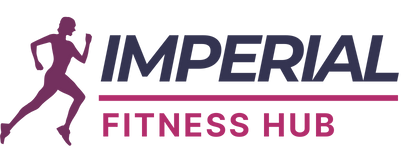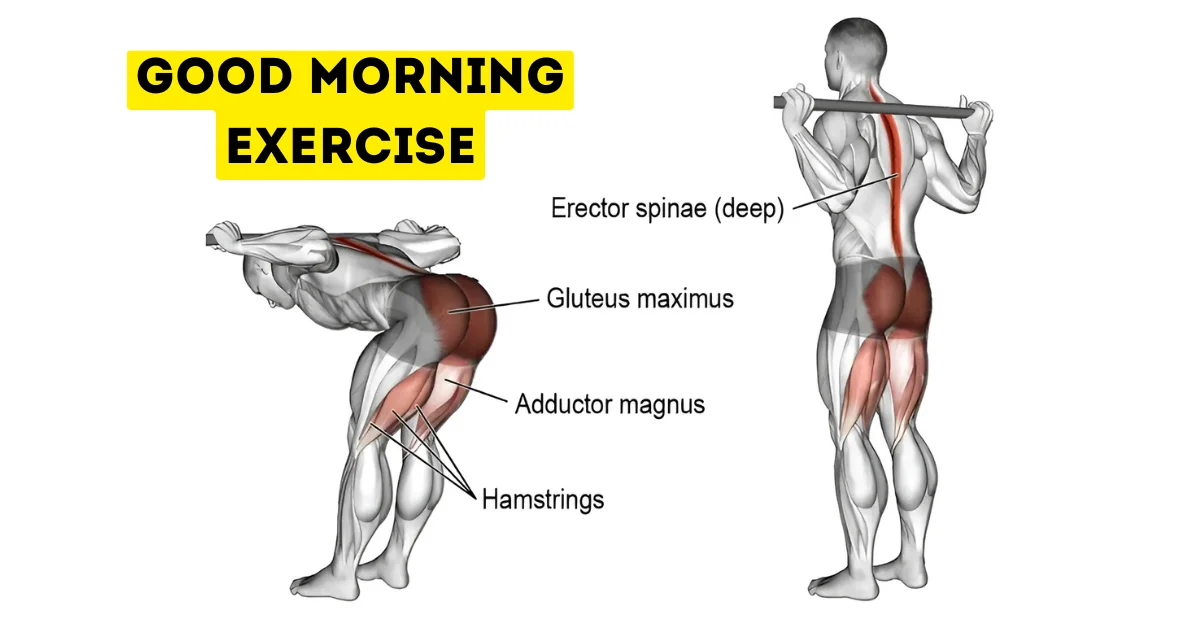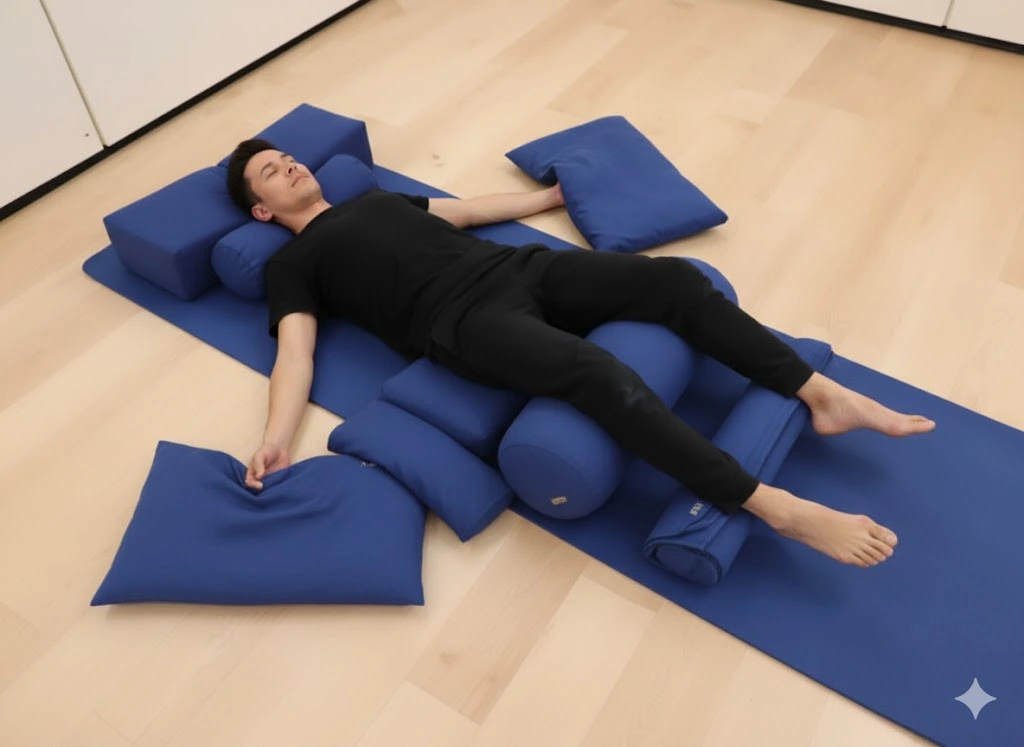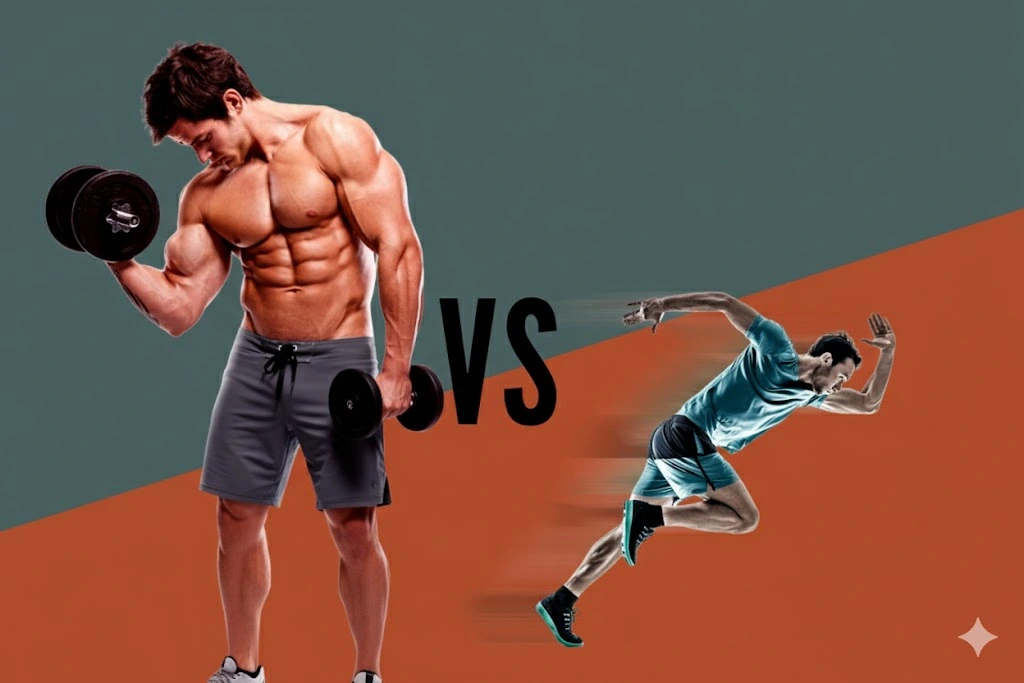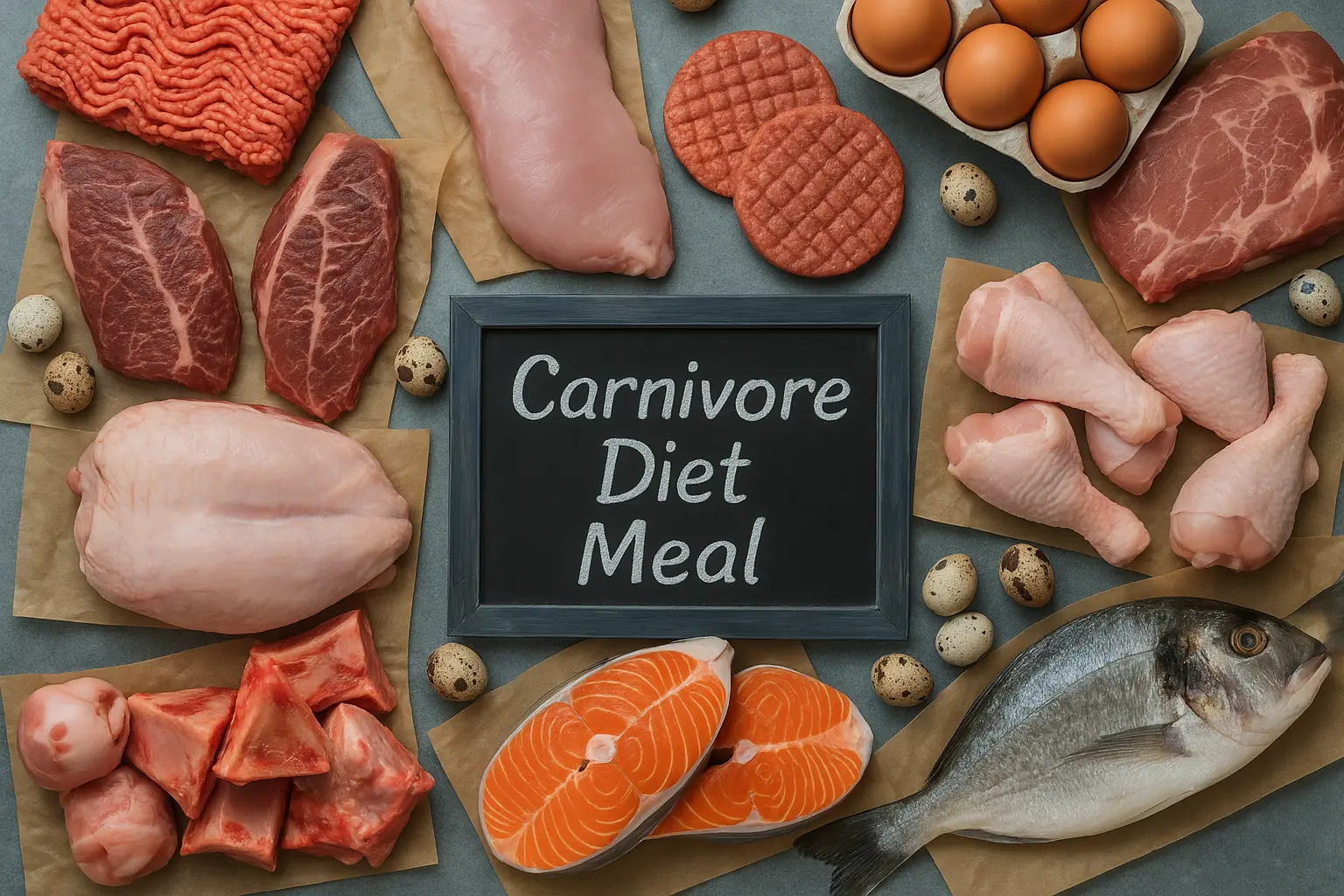Introduction
The good morning exercise is a powerful yet often overlooked movement in strength training that targets the hamstrings, glutes, and lower back. Despite its casual name, this exercise requires proper technique and control, making it an ideal choice for developing the posterior chain and improving hip mobility. It mimics everyday movements and is commonly used by athletes and lifters to improve performance and prevent injury.
Whether performed with a barbell, dumbbells, or resistance bands, good mornings help build core stability and reinforce proper hip-hinge mechanics. Variations like the seated good morning exercise and the good morning exercise with dumbbells offer versatility for different fitness levels. In this article, we’ll explore the benefits, variations, alternatives, and proper form to help you safely and effectively add this lift to your routine.
Table of Contents
Understanding the Good Mornings Exercise
What Is the Good Morning Exercise?
The good morning exercise is a hip-hinge movement where you lower your torso forward while keeping your back flat and your knees slightly bent. Traditionally performed with a barbell resting across the upper back, it’s designed to strengthen the posterior chain, particularly the hamstrings, glutes, and spinal erectors. The name “good morning” comes from the resemblance to the motion of bowing, as if saying “good morning.”
Unlike squats or deadlifts that involve more knee movement, good mornings emphasize a controlled hinge at the hips, making them excellent for improving flexibility and mobility in that region. While commonly performed with a barbell, variations using dumbbells or bodyweight offer safer, scalable options for beginners or those with limited equipment.
Muscles Worked in Good Mornings
This lift is a powerhouse for building posterior strength. The key muscles engaged during a good morning include:
- Hamstrings – These muscles are the prime movers, especially during the lowering phase.
- Gluteus Maximus – Helps extend the hips as you return to the upright position.
- Erector Spinae – Located along the spine, they stabilize your back throughout movement.
- Adductors – These inner thigh muscles assist in maintaining balance and hip alignment.
- Core – Your abdominal muscles and obliques help brace your torso and protect your lower back.
Because the exercise demands balance, posture, and precise control, it’s also effective in building neuromuscular coordination. Incorporating this movement into your training not only strengthens muscles but also enhances functional fitness, making everyday bending and lifting tasks safer and easier.
Benefits of Good Mornings Exercise
1. Strengthens the Posterior Chain
The good morning exercise is exceptionally effective at targeting the hamstrings, glutes, and spinal erectors. These muscles form the foundation of the posterior chain, which is crucial for powerful and efficient movement in both athletic and everyday activities. Strengthening these muscles helps you lift heavier, move faster, and stay injury-free.
2. Improves Hip Mobility and Flexibility
By focusing on controlled hip hinging, good mornings improve flexibility in the hamstrings and enhance the range of motion in the hips. This is especially useful for people who struggle with tight hips or lower back stiffness, making movements like squats and lunges easier and more effective.
3. Enhances Core and Spinal Stability
During good mornings, your core must stay braced to protect the spine, engaging deep stabilizing muscles like the obliques and transverse abdominis. Over time, this improves posture and spinal alignment while reducing the risk of lower back pain or injury.
4. Boosts Athletic Performance
Many sports, from sprinting and jumping to lifting and throwing, depend on powerful hip extension. By building strength in the muscles responsible for these movements, good mornings translate directly into better athletic performance.
5. Corrects Muscular Imbalances
Good mornings can highlight and help correct imbalances between the left and right sides of the body, especially when using unilateral or dumbbell variations. This improves coordination, balance, and muscle symmetry.
6. Encourages Better Lifting Technique
Practicing proper form in the good mornings exercise reinforces essential cues like hip hinging, bracing the core, and maintaining a neutral spine. These principles are crucial in other compound lifts like deadlifts, cleans, and squats.
7. Can Be Performed with Minimal Equipment
One of the practical benefits of good mornings is their versatility. They can be performed with a barbell, dumbbells, resistance bands, or even just bodyweight. This makes them accessible for home workouts or low-equipment settings.
8. Helps with Injury Rehabilitation and Prehab
Because the movement can be scaled and performed with light resistance, it’s often used in rehabilitation programs to gently recondition the lower back and hamstrings. It also serves as a prehab tool to prevent future injuries by improving functional strength.
Variations of the Good Mornings Exercise
1. Seated Good Morning Exercise
In this variation, you perform the exercise while seated on a bench with your feet flat and knees bent at 90 degrees. The barbell rests across your upper back just like in the standing version. As you hinge forward at the hips, your spine remains neutral and your glutes stay on the bench. This version puts less stress on the knees and isolates the lower back and spinal erectors.
Best For: Individuals with limited mobility, those recovering from lower-body injuries, or lifters looking to target the erector spinae more directly.
2. Good Morning Exercise with Dumbbells
This variation swaps out the barbell for a pair of dumbbells, held either at shoulder level or hanging at your sides. The lighter load and greater freedom of movement make this ideal for beginners or those training at home.
Benefits:
- Encourages unilateral engagement (helps fix side-to-side imbalances)
- Easier on the shoulders and spine
- More control over the movement, reducing the risk of injury
3. Resistance Band Good Mornings
Using a resistance band adds progressive tension throughout the movement, increasing the difficulty as you return to standing. You can loop the band under your feet and over your shoulders, simulating the barbell version but with less joint stress.
Ideal For:
- Warm-ups or mobility drills
- Home workouts without access to weights
- Rehab and joint-friendly training
4. Bodyweight Good Mornings
Perfect for absolute beginners or as a warm-up exercise, this variation uses no external weight. You simply clasp your hands behind your head or across your chest and perform the hip-hinge movement.
Great For:
- Practicing form before progressing to loaded variations
- Activating hamstrings and glutes in warm-up circuits
- Teaching proper posture and alignment
5. Safety Bar Good Mornings
This variation uses a safety squat bar, which shifts the center of gravity slightly forward. It places a different load on the thoracic spine and requires more upper back engagement.
Who It’s For:
- Intermediate to advanced lifters
- Those training for strength and muscle development in the posterior chain
These variations make the good morning exercise accessible and effective for a wide range of training needs, from rehab and flexibility to strength and performance.
Proper Form and Technique
Step-by-Step Guide to Performing Good Mornings
Step 1: Setup: Stand with your feet shoulder-width apart. Place a barbell across your upper back, not your neck, and grip it slightly wider than shoulder-width. Keep your chest up and shoulders pulled back.
Step 2: Brace Your Core: Take a deep breath in and tighten your core. This will support your spine and prevent your lower back from rounding during the movement.
Step 3: Hinge at the Hips: Begin the movement by pushing your hips backward while keeping a slight bend in the knees. Lower your torso until it’s roughly parallel to the floor or until you feel a deep stretch in your hamstrings.
Step 4: Maintain a Neutral Spine: Keep your back flat and avoid rounding your shoulders. Your head should remain in line with your spine, eyes looking slightly forward or down.
Step 5: Return to Start: Drive your hips forward and squeeze your glutes to return to the upright position. Exhale at the top of the movement.
Recommended Reps and Sets:
- Beginners: 2–3 sets of 10–12 reps with light weight or bodyweight
- Intermediate/Advanced: 3–4 sets of 6–10 reps with moderate to heavy weight
Common Mistakes to Avoid
1. Rounding the Back: Letting your spine round puts you at risk for lower back injury. Always keep a strong, neutral spine throughout the movement.
2. Bending at the Knees Too Much: Good mornings are a hip-hinge movement, not a squat. Excessive knee bend shifts the load away from the hamstrings and glutes.
3. Placing the Bar Too High on the Neck: The bar should rest on your upper traps, not directly on your cervical spine. A high bar placement can cause neck strain.
4. Going Too Low Too Soon: Only lower your torso as far as you can while maintaining good form. As flexibility improves, your range of motion will increase.
5. Using Excessive Weight: Start light and focus on form. Loading too heavy, too quickly, increases injury risk and makes it harder to maintain proper mechanics.
Good Morning Exercise Alternatives
1. Romanian Deadlifts (RDLs)
Why it’s a great alternative: Romanian deadlifts use a similar hip-hinge pattern and primarily target the hamstrings, glutes, and lower back. The key difference is that the weight is held in front of the body, typically with dumbbells or a barbell, which may reduce spinal compression compared to barbell good mornings.
How to perform: Hold the weights in front of your thighs, slightly bend your knees, and hinge at the hips while lowering the weights along your legs. Keep your back flat and return to standing by driving through the hips.
Best for:
- Beginners transitioning to hip-hinge training
- Lifters focusing on hamstring development
- People avoid spinal loading
2. Back Extensions (Hyperextensions)
Why it’s a great alternative: Back extensions isolate the spinal erectors and glutes without requiring external weight (though weight can be added later). They’re performed on a Roman chair or glute-ham developer (GHD) and allow for excellent lower back control and strength building.
How to perform: Secure your feet and hips on the pad, cross your arms over your chest, and slowly lower your upper body toward the ground. Raise your torso back to neutral by contracting your glutes and back muscles.
Best for:
- Strengthening the lower back
- Rehabilitation and injury prevention
- Improving spinal endurance
3. Hip Thrusts
Why it’s a great alternative: Hip thrusts focus intensely on glute activation and hip extension. While they don’t mimic the same movement pattern as good mornings, they complement posterior chain training and are gentler on the lower back.
How to perform: Sit on the ground with your upper back against a bench, knees bent, and feet flat. Place a barbell across your hips and thrust upward by squeezing your glutes, creating a straight line from shoulders to knees.
Best for:
- Isolating and strengthening the glutes
- Reducing lower back involvement
- Glute-focused hypertrophy programs
4. Cable Pull-Throughs
Why it’s a great alternative: This exercise mimics the hip hinge but uses a cable machine for constant tension and a more controlled range of motion. It emphasizes the glutes and hamstrings without compressing the spine.
How to perform: Stand facing away from a low pulley cable machine with a rope attachment between your legs. Hinge at the hips while pulling the rope forward through your legs, then return to standing by engaging your glutes.
Best for:
- Beginners learning the hip-hinge movement
- Low-back-friendly hamstring training
- Controlled tempo and isolation
5. Kettlebell Swings
Why it’s a great alternative: Kettlebell swings train explosive hip extension and the posterior chain while building cardiovascular endurance. Though more dynamic, the movement pattern is rooted in the same hinge mechanics as good mornings.
How to perform: Swing a kettlebell between your legs with a hinge motion and powerfully thrust your hips forward to raise the kettlebell to shoulder height. Keep the motion smooth and avoid lifting with your arms.
Best for:
- Athletic conditioning
- Explosive posterior chain training
- Combining strength and cardio
Each of these alternatives can be rotated into your training regimen to either replace or complement the good mornings exercise, especially if you’re looking to reduce spinal load or target specific areas like the glutes or hamstrings.
Frequently Asked Questions (FAQs)
Q1. What are the primary muscles worked in good mornings?
The good morning exercise primarily targets the hamstrings, gluteus maximus, and erector spinae. It also engages the adductors, core stabilizers, and, to some extent, the upper back for support.
Q2. Can beginners perform good mornings safely?
Yes, but they should start with bodyweight or light dumbbells to master the hip-hinge technique. It’s important for beginners to prioritize form and avoid heavy loads until their mobility and posture improve.
Q3. How heavy should I go on a good morning?
Start with a light to moderate load enough to challenge your muscles without compromising form. Once comfortable, gradually increase weight while maintaining spinal alignment and control throughout the movement.
Q4. Are there bodyweight alternatives to good mornings?
Absolutely. Bodyweight good mornings are a great way to practice the movement safely. Glute bridges and hip thrusts can also serve as effective, low-impact posterior chain exercises.
Q5. How do good mornings compare to Romanian deadlifts (RDLs)?
Both exercises use a hip-hinge pattern and work similar muscles. However, RDLs involve the weight held in front of the body, which shifts the emphasis slightly to the glutes and allows for more controlled loading. Good morning, place the load on the upper back, which increases demand on the lower back and spinal stabilizers.
Q6. Can I perform good mornings at home without gym equipment?
Yes! Dumbbell good mornings, resistance band variations, and bodyweight versions can all be done effectively at home. These options are excellent for maintaining posterior chain strength and improving hip mobility without a barbell.
Conclusion
The good morning exercise is a powerhouse movement for anyone serious about building a strong, mobile, and resilient posterior chain. Whether you’re an athlete looking to boost performance, a lifter aiming to improve hip-hinge mechanics, or a beginner wanting better posture and mobility, this exercise offers unmatched benefits when done correctly.
Its versatility, ranging from barbell to dumbbell and resistance band variations, makes it suitable for nearly all fitness levels and training environments, including home workouts. Plus, with alternatives like Romanian deadlifts, back extensions, and hip thrusts, you can always find the right fit for your goals and limitations.
By incorporating proper technique, starting with manageable resistance, and gradually progressing over time, you’ll unlock greater strength, reduce injury risk, and enhance your overall movement efficiency. So next time you’re designing your lower body or core routine, don’t overlook the good mornings, they might just be the missing link in your fitness journey.
